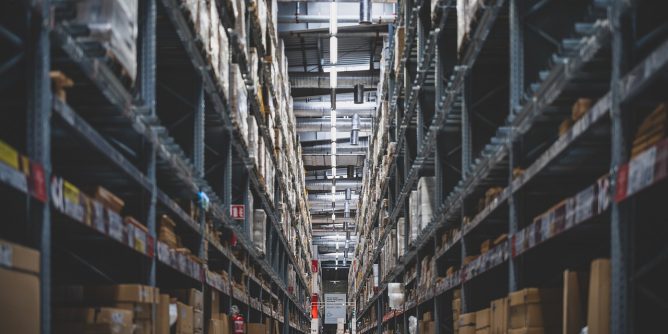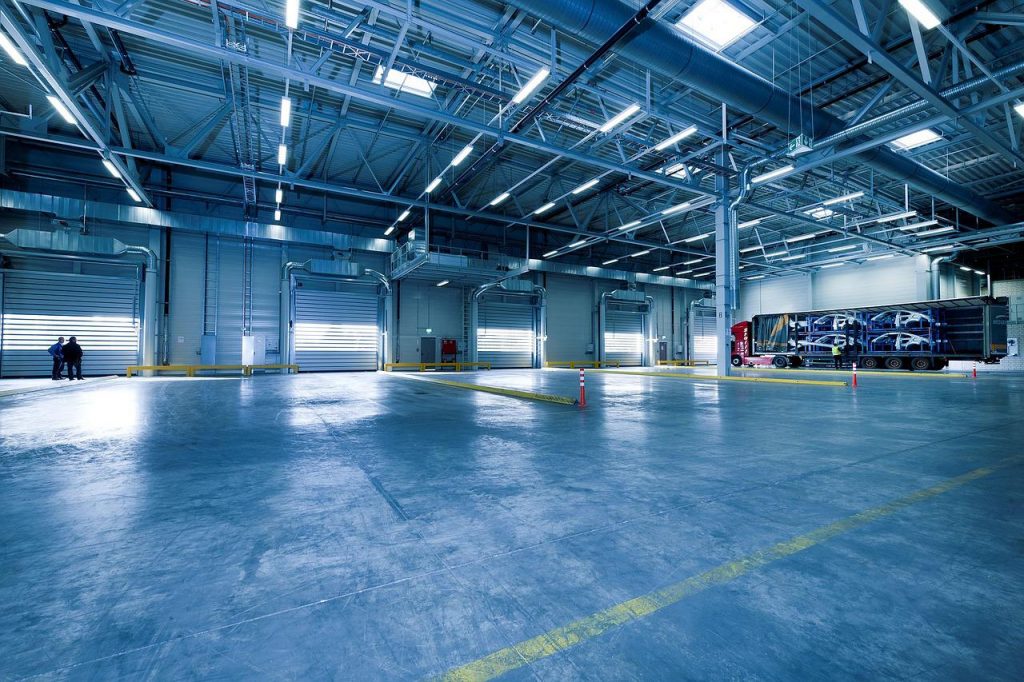
The medical device (MD) market in the European Union (EU) is projected to reach €130 billion by the end of 2022. The industry is steadily growing, and the MD and IVD manufacturers within the EU cannot keep up with the demands, which paves the way for non-EU manufacturers to do business in the region. Keeping stock medical devices in the EU is a must for manufacturers to investigate.
Due to the growth opportunities, more manufacturers are entering the EU. With more competition, there is an increasing need for manufacturers to gain a competitive advantage in the market and for their distributors. Having products on the ground will reduce shipping costs and lead times and contribute significantly to the competitive advantage of the manufacturer.
But there are a number of regulations and responsibilities a non-EU manufacturer is bound to, especially for stocking and storing medical devices.
Choosing the Right Distributor

There are four economic operators in the MD and IVD business within the EU: manufacturer, authorized representative, importer, and distributor. The importer and distributor are also responsible for storage and transportation when the products are in their hands within the supply chain.
For a non-EU manufacturer, choosing the right MDR importer and distributor is crucial because they will be their partner in ensuring products are safely stored and transported in the market. The MD and IVD Regulations, which replaced previous directives to harmonize guidelines and varying interpretations, set the standards for transactions within the EU.
Getting a master distributor or wholesale distributor will be an advantage because they have the appropriate warehouse and transportation infrastructure for device storage and transfer. Moreover, such a partnership can reduce shipping costs and improve lead times, providing a better customer experience.
These responsibilities of stocking medical devices in Europe fall to the importer or distributor:
Verify Compliance With Regulations
Checking CE marking, unique device identifiers (UDI), and registration in the European database for medical devices are part of the distributor’s obligations. They can also recommend the removal of products on the market for non-compliance with the regulations.
Storage Conditions
The manufacturer sets the storage and transportation guidelines based on what every device needs. Distributors need to follow storage conditions on the label of every device, especially those that are temperature-sensitive.
Temperature Monitoring
Distributors should monitor and record the temperatures of medical devices in bulk storage. They should also verify calibration certificates for temperature-monitoring devices.
Recording of Distribution
There should be a clear record of all transactions related to the distribution of medical devices, from invoices of orders to lists of approved customers like health institutions and professionals. Records must be kept for at least 10 years.
Using a Bonded Warehouse

Manufacturers without a master distributor can store MDs and IVDs in a bonded warehouse. It is a storage facility where imported goods are stored without having to pay import duties—yet. The importer or distributor will be responsible for the medical devices in the warehouse unless the warehouse owner is also the importer or distributor. A bonded warehouse is owned by the government or a private entity.
Imported MDs and IVDs are charged with import duties and value-added tax (VAT) when they land within EU territories. VAT ranges from 17% to 27%, while import duties are based on HS Codes. By storing items in a bonded facility, manufacturers can postpone payment of VAT and import duties until the devices are sold.
For now, import duties and VAT on medical devices are waived because of the pandemic.
Using a 3PL or Logistics Company
An importer or distributor can also hire a third-party logistics (3PL) company to safely store and transport medical devices. 3PL companies maintain warehouses that can house medical devices based on recommendations from the manufacturer. Their transport vehicles can ensure the safe and efficient transfer of medical professions devices from the warehouse to the end user.
While 3PL companies are responsible for storage and transportation, they are not liable for any faulty or non-compliant products. The importer or distributor—depending on the name that appears on the labels—will remain responsible for the medical devices. Hence, they should closely monitor storage and transport.
Getting a Refund for VAT and Import Duties
Manufacturers who paid VAT and import duties on MDs and IVDs can ask for a refund online. The request will be coursed through the Member State Establishment, the country where the manufacturer has established its business. The request will be sent to the Member State of Refund, the country that levied the VAT and import duty. This only can be possible when there is a European EORI (VAT) number. We can help and act as your European wide fiscal representative to reclaim these taxes. A full refund will be given if the applicant has satisfied all requirements.
Choosing a Partner Is a Matter of Safety
A manufacturer should be more competitive and offer customers better service through fast shipping times and reduced shipping costs. However, their main responsibility is to ensure the safety and quality of MDs and IVDs. Such responsibility doesn’t end when the devices are handed off to the importer or distributor. Finding the right partner to preserve the quality of devices through proper storage and transport is crucial.
GrowthImports can assist with finding the right logistics model, finding and connecting with distributors as well as providing pricing structures among 3PLs and acting as your fiscal representative. Please contact us for more information.






